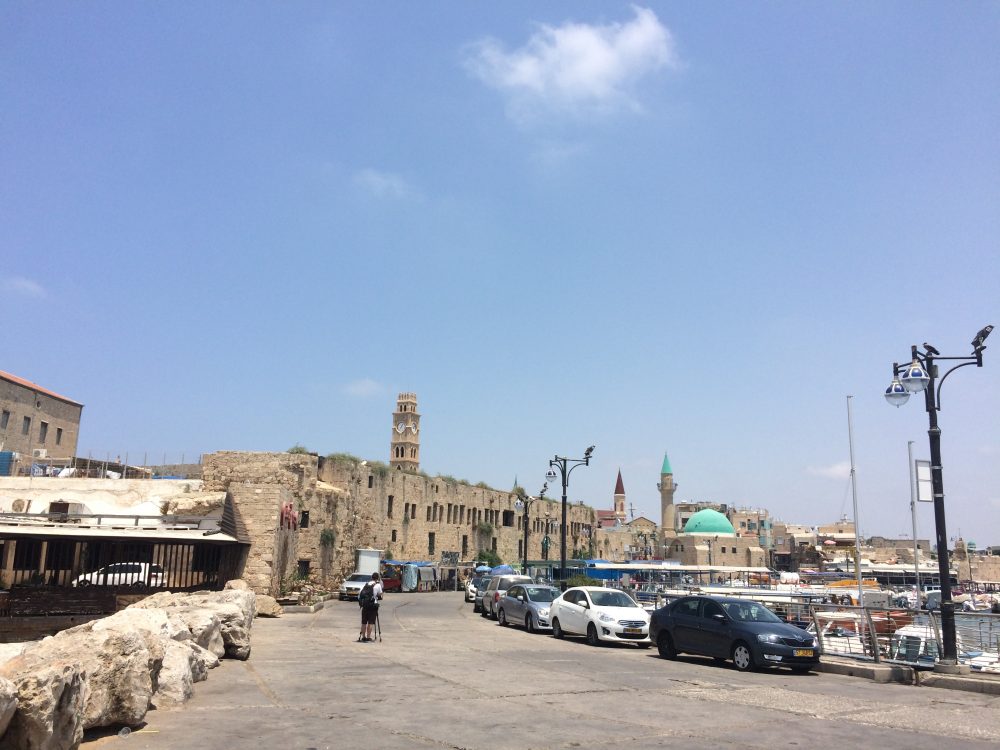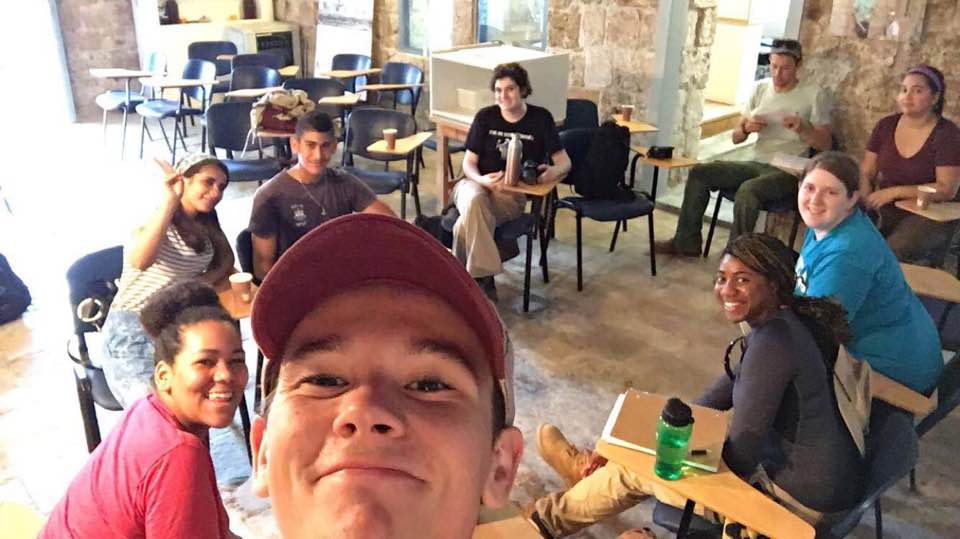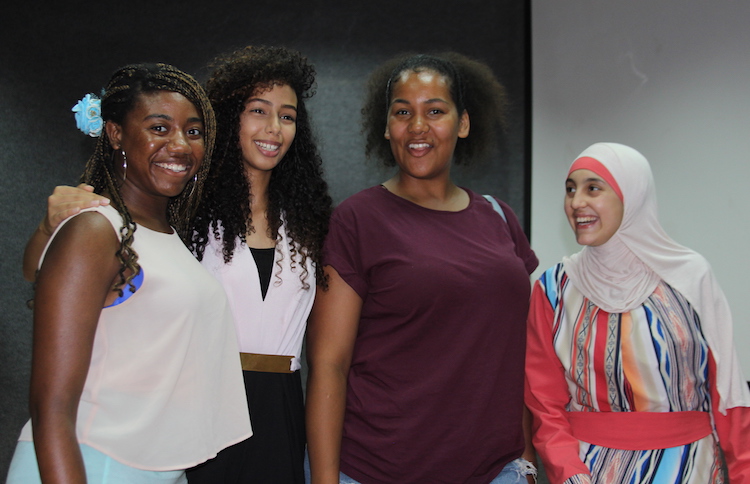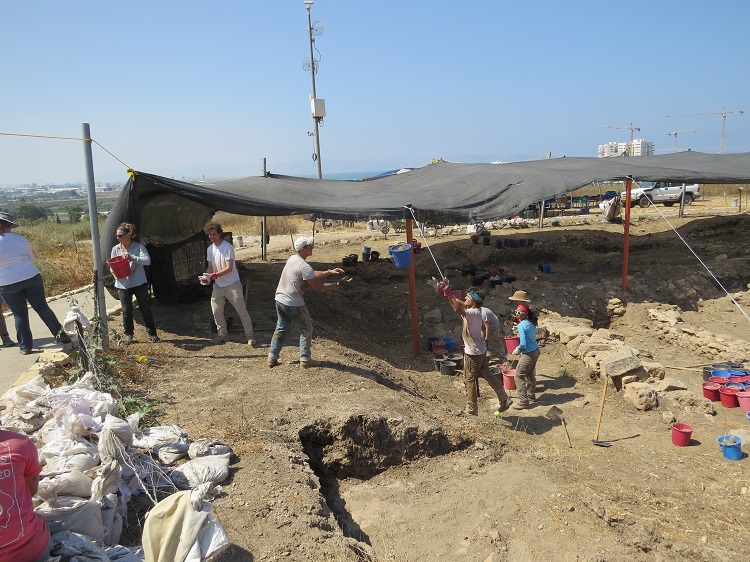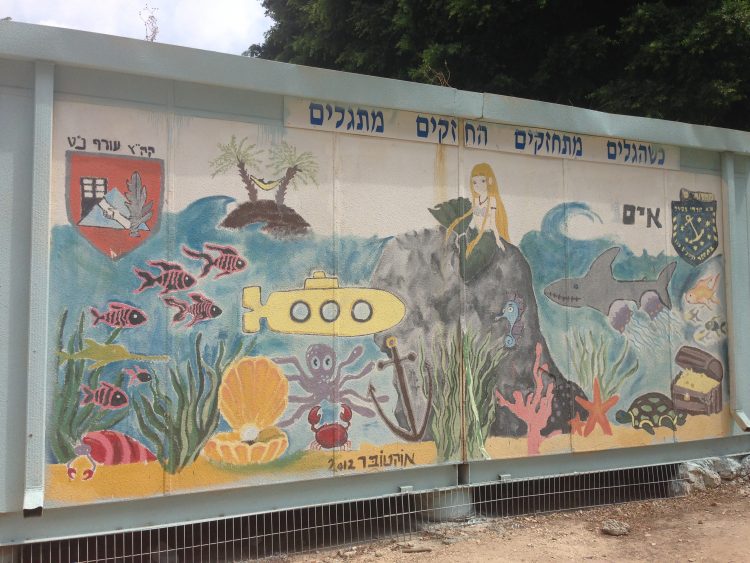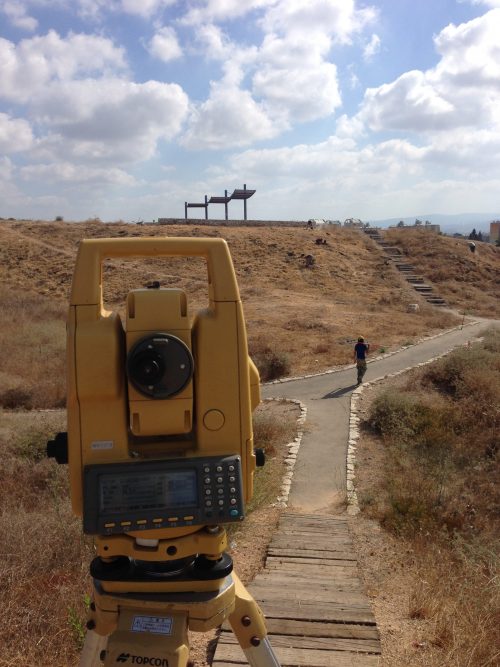By Thea Vaz
Throughout the four weeks of the Tel Akko archeological dig program I am constantly questioned on my race in Israel whenever I go out. Living in Hartford Connecticut, being Hispanic and Indian is never an issue in school because the high school is diverse with kids from all cultural backgrounds.
When entering Israel, I stereotyped Israel religious groups to be either Jewish or Arabic. I was wrong. The first day flying to Israel my Caucasian friend and I took an Israeli airline out of New York, the man in charge of checking and questioning us at the gate separated my friend and me. We were both informed that we would be the two passengers stopped before we boarded our flight for random checking. Twenty minutes before our flight is scheduled to departure a security guard stops us and directs us into a confined room, that on the outside looked like a commercial cubical sponsoring companies such as Coca-Cola and an expensive sunglasses brand too high end to pronounce. Once again, my friend and I were separated to be interrogated. There was a bag, metal detector, and passport check finally ending with the typical questions: “Why are you visiting Israel and how long will you be staying?”
Having ten minutes to spare before boarding the plane, I impatiently waited for my friend who claimed he had to get his finger print scanned and was held back, leaving us with less than ten minutes to board our flight. I didn’t think twice of the event until reevaluating all the cultural encounters I have experienced. What if, because of my race, I was held to a lower standard during interrogation and my friend being white could have been portrayed as more suspicious because of his light complexion?
The airplane incident was off in the distance after spending a day walking through the old city of Akko and being awed by the scenery. Stopped in the act of taking more pictures than the storage on my phone can handle by a runner who raises his voice through a wide smile: “Pakistani!” I look to my friends and slide them the – is he talking to me look? I can only answer in confusion ‘no’. The runner who has jogged his way toward the small group my friends have created around me, asks through the same wide smile “Indian?” Enthusiastically I reply, ‘yes ‘. I was excited that it only took the man two tries to guess my race and then determine that he had proved he was not going to give up guessing. I decided not to tell him I am half Hispanic, it would be like looking a younger kid in the face and telling him or her there is no Santa Claus.
The runner then introduces himself as Moses, as in the Moses of the bible. Moses was the first encounter I had involving someone asking about my race in Israel. The setup of the dining hall is buffet style, when reaching the meat in what is the only line during lunch that is protein, the lunch man serves an excessive amount of what I thought was chicken but is really schnitzel onto my plate and says through a wide smile, “India!” I was shocked by how he asked, because I am not used to the excitement of anyone asking my race. I say, ‘yes’ and once again ignore the comment, including the fact that I am half Indian and half Hispanic.
Four weeks later, and every meal served with some appearance of chicken, I am not only served a plate full of food larger than the person next to me, but I am served with the nickname ‘India’ by the lunch man. Coming from a cultural background of both Indian and Hispanic food I learned that either eating an Indian or Hispanic meal there is never too much on your plate, and to deny any food is an insult to the cook. To deny the mountain top plate size and nickname the lunch man gave me would be denying food: an insult.
The word around was that Seven Days is the spot to get Wi-Fi and snacks. After five days of lasting without Wi-Fi and no contact with any family, I decide it is time to inform my parents I am still alive. I join a group of friends to the store around the corner. Seven Days is right around the corner and filled with familiar faces and others drinking and smoking at two o’clock in the afternoon. The rule is: you purchase an item to sit down and connect with the Wi-Fi. I order the safest drink I know to purchase at two in the afternoon: iced coffee. The store owner introduces himself as Issa and asked where I was from? I answer: Hartford Connecticut, but I had a feeling that is not what he was expecting. Issa continued introducing himself, knowing I was with the archeological dig and I seemed to be a young unfamiliar face. Halfway through the unsweetened iced coffee Issa asked my race, and he was the first person I could tell Indian and Hispanic without feeling like disappointing him. He was interested in the Hispanic half, which is rare here in Israel.
Issa and I bonded over coffee and the Hispanic culture. Seven Days is where I Facetime family and friends, communicate with others who stop in and out, and a location I can always count on for my nightly Coca-Cola, berry blended iced tea, or ice cream sandwich.
Whenever leaving the campus you must exit through the gate. The guard was leaning against the main gate greeting me with a wide smile and the question I am starting to get familiar with “where are you from?” Hartford CT, I reply. No no where are you from, what race? I am Indian and Hispanic. The guard informs me that “my people are beautiful.” I do not know how to reply…thank you? I perceived this incident as a form of a stereotypical racist comment. The guard automatically assumed I was from India because of my physical features and I could not be from the States or Israel. He is always a friendly face to greet me at the gate. The guard is fluent in English, Hebrew, and Arabic. Perhaps the guard didn’t intend his approach to be a stereotypical racist comment. Maybe he was being friendly and trying to start a conversation. In America the comment would be perceived as rude.
After all these incidents I wonder if I was not Indian, if I would get stopped constantly as I do now? Race varies wherever you go and that is the beauty of different religions and cultures. I had the opportunity to experience how accepting and welcoming different countries and religions are in Israel. In Jerusalem, I received a discount on my drink because the owner was happy that I am Indian. At home I never over think where I am from and my ethnic origins, so why would I need to over think it when America is diverse with religions and cultures from all over?
Walking through the streets of Israel it is like I am praised for being Indian and you are greeted with a wide smile from friendly locals. In America, I have never had any such experience; an experience that is raw that you only get from communicating and connecting with people who don’t know you, but are interested in you and meeting new people.
The people in the Tel Akko archeological dig come from different backgrounds and bring different traits into the group. The group is a family of varying backgrounds, ages, and personalities, adding to the memorable and meaningful moments. The People made the program the experience it was – the new, old, and forever friends.
Being exposed to new cultures and new people can be an overwhelming experience, but I discovered that through traveling, your most memorable and meaningful moments occur with the people you least expect it from. These unexpectable moments of getting stopped at airports, walking the streets of Israel, eating food, and day to day activities are my most memorable and meaningful moments.



